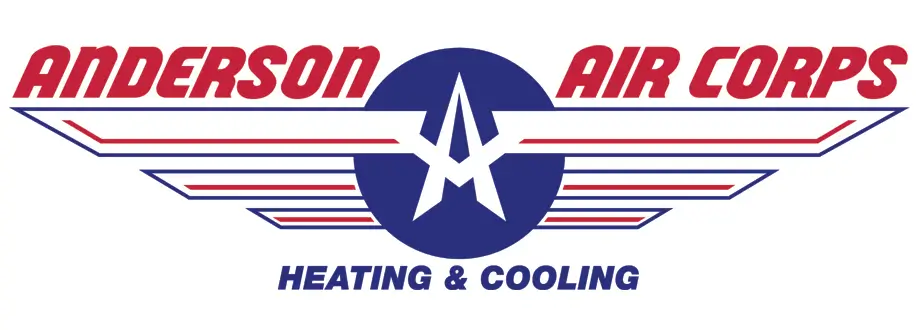Swamp coolers, also known as evaporative coolers, are a popular and energy-efficient way to cool homes in New Mexico’s dry climate. However, because they use water to cool the air, swamp coolers can become breeding grounds for mold if not properly maintained. Mold growth not only reduces the system’s efficiency but can also impact indoor air quality and pose health risks. This guide covers effective maintenance practices to prevent mold in your swamp cooler and keep your home healthy.
Jump To:
TLDR – Quick Guide
- Regularly clean and replace swamp cooler pads.
- Drain and dry the cooler when not in use.
- Use water treatment solutions to inhibit mold growth.
- Schedule professional maintenance to ensure optimal system health.
Why Mold Grows in Swamp Coolers
Swamp coolers cool air by evaporating water through pads, which naturally creates a moist environment ideal for mold spores to thrive. Without proper care, mold can develop on pads, inside the water reservoir, and ductwork, spreading spores throughout your home. This can trigger allergies, respiratory issues, and unpleasant odors.
Essential Maintenance Tips for Mold Prevention
Clean and Replace Pads Regularly
Cooling pads should be inspected monthly during the cooling season and replaced at least once a year. Dirty or moldy pads reduce airflow and promote mold growth.
Drain and Dry the System When Not in Use
At the end of the cooling season, completely drain water from the cooler and allow all components to dry. Standing water left in the system encourages mold development.
Use Mold Inhibitors or Water Treatments
Adding mold and algae inhibitors to the water supply can help control microbial growth. Use products recommended by HVAC professionals to ensure safety and effectiveness.
Maintain Proper Airflow and Ventilation
Keep vents and ducts clean and unobstructed. Good airflow reduces moisture buildup and limits mold-friendly environments.
Schedule Professional Maintenance
Annual professional inspections and cleanings ensure your swamp cooler operates efficiently and mold-free. Technicians can identify and resolve hidden issues before they escalate.
Health Benefits of Mold-Free Swamp Coolers
- Improved indoor air quality
- Reduced allergy and asthma triggers
- Enhanced system performance and energy efficiency
- Longer lifespan for your evaporative cooler
Key Takeaways
- Mold thrives in moist swamp cooler environments without proper maintenance.
- Regular pad cleaning/replacement and draining after use are critical.
- Water treatments and professional servicing help keep mold at bay.
- Maintaining mold-free equipment promotes healthier air and system longevity.
FAQs
How often should I replace swamp cooler pads?
Replace pads at least once per cooling season, or sooner if they appear dirty or damaged.
Can mold in my swamp cooler affect my family’s health?
Yes, mold spores can cause allergic reactions and respiratory problems, especially for sensitive individuals.
Is it safe to use chemicals in my swamp cooler?
Use only HVAC-approved mold inhibitors or treatments to avoid damage and ensure safety.
What signs indicate mold in my swamp cooler?
Musty odors, reduced airflow, and visible discoloration on pads or components suggest mold presence.
How often should I schedule professional maintenance?
Annual inspections and cleanings are recommended for optimal performance and mold prevention.
